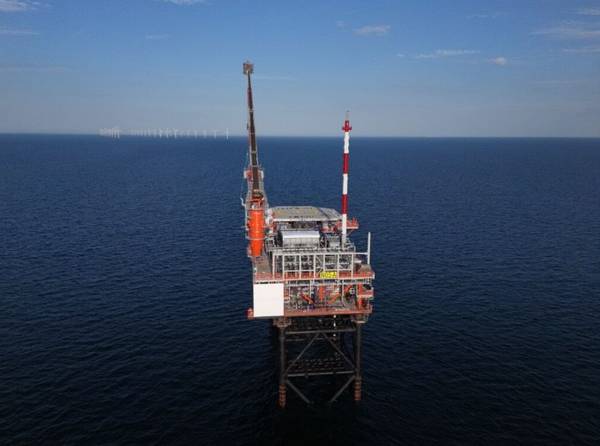Lead-free perovskite solar cell achieves 24.1% efficiency
Scientists from the Nanyang Technological University (NTU) and Singapore’s Agency for Science, Technology and Research (A*STAR) have developed a new way to synthesize the capping layer of perovskite solar cells without using lead.
“This paves the way for the development of eco-friendly perovskite solar cells that are one step closer to the consumer market,” an NTU spokesperson told pv magazine. “The findings unlock new opportunities for developing superior materials for the capping layer, for more efficient and stable perovskite solar cells.”
The capping layer of perovskite cells is usually fabricated using the half precursor (HP) method, where a chemical precursor is deposited on top of the perovskite layer. The precursor reacts with the lead ions present on the perovskite layer and forms a lead-based chemical compound that makes up the capping layer.
To make perovskite solar cells more environmentally friendly, the NTU scientists developed a new method known as the full precursor (FP) solution. They coated perovskites with solutions containing metal halide salts and phenethylammonium iodide (PEAI).
“PEAI contains ammonium, a positively charged ion that contains nitrogen and hydrogen, which is vital for the chemical reaction,” NTU explained in a statement.
The team synthesized a zinc-based compound known as PEA2ZnX4 using the FP method and found that it was the most effective capping material among the other materials tested. They then created a prototype solar cell capped with the zinc-based compound.
“Unlike the HP method, there is no need to draw lead ions up from the underlying perovskite layer to form this protective capping layer when the FP method is used. This paves the way for the use of non-toxic metals in the capping layer,” said the scientists.
The perovskite cell reportedly has a conversion efficiency of 24.1% under lab settings. The prototype demonstrated an average light conversion rate of almost 23% over 103 cells tested. It maintained more than 90% of its ability to convert light into electricity for more than 1,000 hours of operation at full capacity.
The scientists are working on scaling up the method to fabricate full-sized solar cells. They are also in the process of filing a patent with NTUitive, NTU Singapore’s innovation and enterprise company.
They shared their findings in “Expanding the low-dimensional interface engineering toolbox for efficient perovskite solar cells,” which was recently published in Nature Energy.
Published: 20-03-2023














